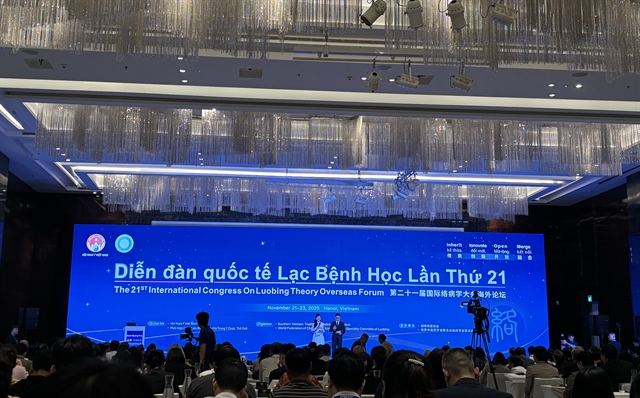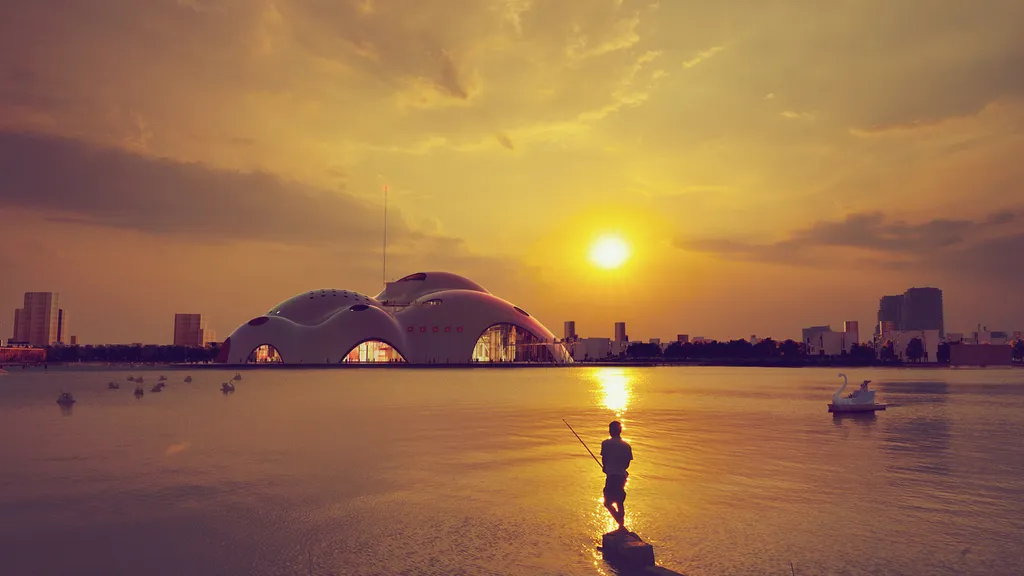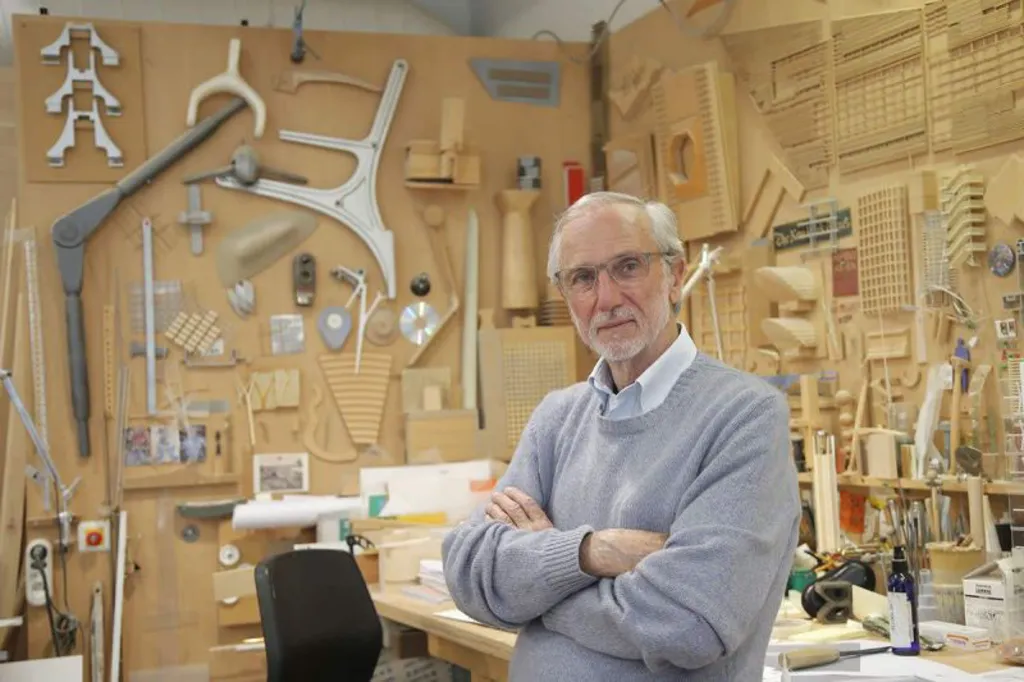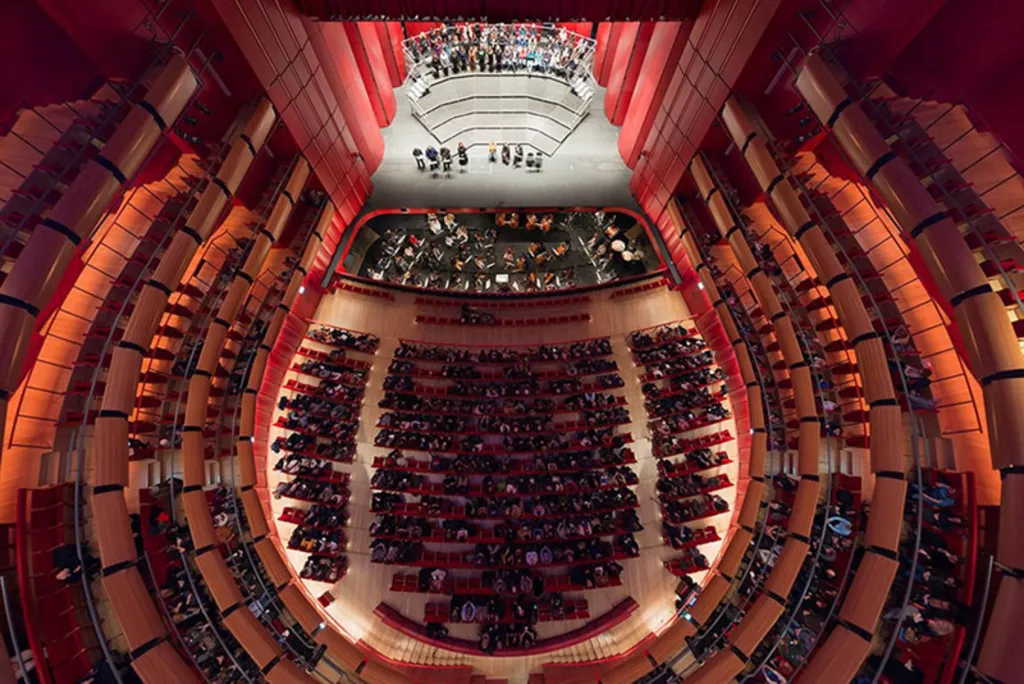 Brandinfo
Brandinfo

According to the plan approved by the Hanoi People’s Committee on November 26, the project will covers an area of over 44 hectares across the Quang An and Tu Lien Wards in Tay Ho District. It will be transformed into a complex of cultural and artistic parks, a municipal opera house, spiritual facilities, recreational areas and commercial hotel services.
At the heart of this complex, the Hanoi Opera Theatre will be located on Dam Tri Lake, adjacent to West Lake. It represents a monumental cultural project aimed at attracting international visitors to Hanoi and becoming a symbol of the city’s aesthetic.
 |
| The theatre's dome design is inspired by the waves of West Lake (illustration photo). |
The Tay Ho District People’s Committee revealed that the opera house will have an estimated social investment fund of about VND10 trillion (US$394.5 million). The project will be executed under the city’s oversight throughout the design, construction and operational phases.
Notably, the opera house is designed by Renzo Piano, the 87-year-old architectural legend, with 65 years of professional experience, who has chosen to dedicate his expertise to creating the Hanoi Opera Theatre.
 |
| Italian master architect Renzo Piano |
The Hanoi Opera Theatre’s dome design is inspired by the waves of West Lake. Its dome is coated with a pearl-effect ceramic layer, which reflects light and captures the dynamic interplay of space and time with varying shades of sky and water. This ensures that the dome will reflect distinctive hues at every moment of the day, including dawn, dusk and night.
The Hanoi Opera Theatre intergrates cutting-edge technologies and design techniques. The walls of the main auditorium are equipped with a system of mechanically acoustic panels, enabling precise control of sound reflection, absorption and reverberation time to suit the requirements of each artistic performance. This advanced system is rarely found in theatres worldwide.
 |
| Hanoi Opera Theatre will have similar interiors to the Stavros Niarchos Theatre designed by Renzo Piano. |
Renzo Piano meticulously planned the opera house’s primary functional spaces, icluding the grand lobby, opera auditorium, multipurpose hall and auxiliary areas.
He once shared with the press that the opera house, refferred to as an ‘Island of Music’, is more than just a performance venue. It is a cultural, recreational and experiential destination for residents and tourists.
With the Hanoi Opera Theatre, he expressed a desire to create an iconic theatre for Vietnam, positioning it among the world’s greatest opera houses, such as those in Paris, Milan, Berlin, London, New York and Los Angeles.
The Hanoi Opera Theatre is set to become a timeless and globally influential landmark in the capital, standing as a premier global attraction for Vietnam.
Designed as a venue for large-scale, world-class performances, the Hanoi Opera Theatre aims to attract internationally renowned artists and solidify Vietnam’s position as a leading global opera destination. This ambitious cultural landmark is expected to elevate the stature of Hanoi and Vietnam on the international stage while offering the Vietnamese public greater access to the quintessence of human culture.
Architect Renzo Piano
Born on September 14, 1937, in Genoa, Italy, Renzo Piano is a towering figure in global architecture, having shaped the architectural identity of the 20th century.
He was the first Italian to be named among TIME magazine’s 100 Most Influential People in 2006 and has received numerous prestigious accolades over his 60-year career, including the Pritzker Prize, often referred to as the Nobel of architecture. He is regarded as a monument that the world of architecture must admire and respect.
Renzo Piano’s architectural masterpieces span the globe, with highlights including the Stavros Niarchos Cultural Centre in Athens, the Paul Klee Museum in Bern, The Shard skyscraper in London and the Georges Pompidou Centre in Paris.
Celebrated as a modern architectural maestro, Piano is revered for his philosophies rooted in humanity and his profound sensitivity to nature, culture, history and human experiences. The Financial Times has aptly described him as "a tireless mind".